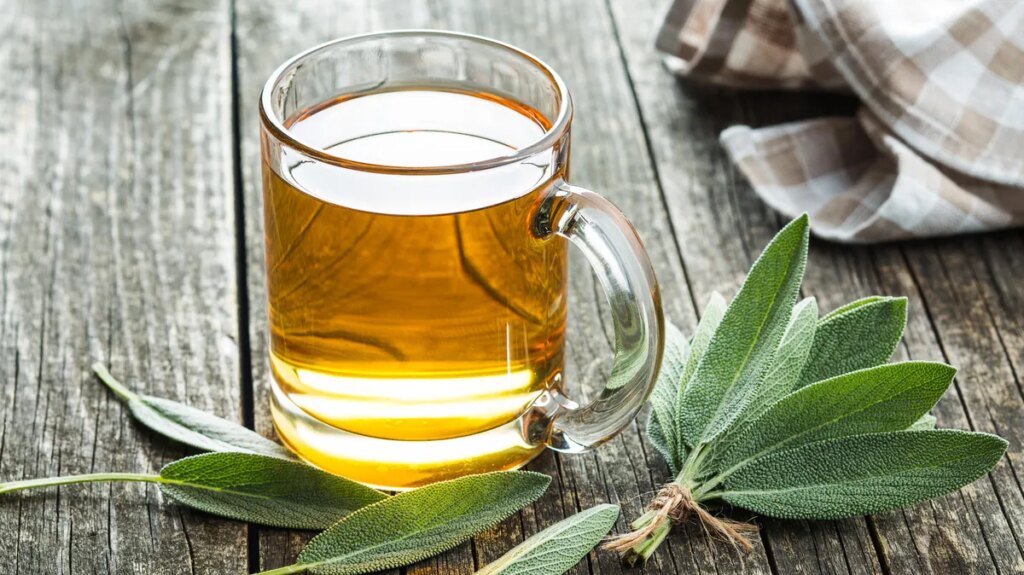
Helps fight flatulence and inflammation
Sage: This is how medicinal plants work optimally
Updated 11/25/2025 – 8:00 amReading time: 4 minutes

Sage is one of the oldest medicinal plants. Its antibacterial and anti-inflammatory effects have been proven. But sage has also been shown to help with flatulence and feelings of fullness.
Salvia officinalis, as the true sage is called in Latin, was already planted in monastery gardens in the Middle Ages and used as a medicine. This plant is still used today as a home remedy for sore throats, hoarseness, gingivitis, flatulence, feeling of fullness and stomach cramps. But sage is not only an important component in herbal medicine. The leaves of the spicy plant are also used in the kitchen.
The genus of sage plants (Salvia) is botanically very diverse and includes more than 1,000 species. Sage (Salvia officinalis) is very relevant as a medicinal plant. It belongs to the mint family and can grow up to 60 centimeters tall as a shrub. The branches are straight to slightly curved, the leaves are narrow, tapered and noticeably pointed at the top. This plant produces blue-purple, rarely white or pink flowers between May and July.
Common sage originally comes from the Mediterranean region and was used as a medicinal herb in ancient times and was planted in many monastery gardens in the Middle Ages. Today, sage is cultivated in many gardens and as a potted plant on balconies. This plant requires lots of sunlight and sandy soil. They are easy to care for, require little water, and usually tolerate dry spells and harsh winters.
The leaves of medicinal plants are mainly used as medicine. They contain essential oils that include the substances thujone and camphor. The smell and taste are spicy. Sage’s healing properties come not only from its essential oils, but also from the tannins and bitter substances in its leaves. They also contain large amounts of trace elements such as iron, magnesium and zinc.
The following effects of sage have been scientifically proven:
The European Medicines Agency’s Herbal Medicinal Products Committee (HMPC) in its monograph “Salvia officinalis L.” the effects of the medicinal ingredients were evaluated. Therefore, Sage relieves the following complaints:
The leaves of the sage plant are used in infusions as a tea, as an alcoholic extract, and as a distillate for gargling and gargling. Sage extract is available in the form of capsules, tablets, lozenges, lozenges, ointments and as an essential oil. Sage tea can be purchased whole or packaged at pharmacies, health food stores, and drug stores.





